The P-trap is one of the most common types of bathroom sink traps. It gets its name from its shape, which resembles the letter "P." This trap is designed to prevent sewer gases from entering the bathroom by trapping a small amount of water in the bend of the trap.1. P-trap
Similar to the P-trap, the S-trap is named for its shape, which resembles the letter "S." This type of trap is used when the drain pipe exits through the floor instead of the wall. It works in the same way as the P-trap, creating a seal with water to prevent sewer gases from entering the bathroom.2. S-trap
The bottle trap is a modern and aesthetic option for bathroom sinks. It is a compact trap that is shaped like a bottle, hence its name. This trap is typically made of chrome or stainless steel, making it both functional and visually appealing.3. Bottle trap
The drum trap is a more traditional type of bathroom sink trap that is still used in some older homes. It is a cylindrical-shaped trap that uses a lid to cover the opening instead of a removable trap arm. This type of trap requires more maintenance and cleaning compared to other types.4. Drum trap
The bell trap is a unique type of trap that resembles a bell, with a larger opening at the top and a smaller opening at the bottom. This trap is commonly used in areas where there is a risk of debris or sediment clogging the trap, such as in laundry rooms or basements.5. Bell trap
The running trap is a versatile and flexible type of trap that can be used in different plumbing configurations. It is designed to allow the flow of water to run in one direction, while also preventing the backflow of water and sewer gases into the bathroom.6. Running trap
The adjustable trap is a convenient option for bathroom sinks that may need to be adjusted or replaced in the future. This type of trap can be easily adjusted to fit different sizes and angles of drain pipes, making it a versatile choice for various plumbing systems.7. Adjustable trap
The deep seal trap, also known as the "S" trap, is a deep-bend trap that is used in situations where there is a risk of sewer gases entering the bathroom. This type of trap is typically used in older homes and may require more maintenance and cleaning compared to other types of traps.8. Deep seal trap
The shallow seal trap, also known as the "P" trap, is a shallow-bend trap that is commonly used in modern homes. It is designed to take up less space under the sink and is easier to install compared to other types of traps. However, it may not be as effective in preventing sewer gases from entering the bathroom.9. Shallow seal trap
While not commonly used in bathroom sinks, a grease trap can be installed in kitchens or commercial bathrooms where there is a high volume of grease or oil being disposed of. This trap is designed to collect and trap grease and oil, preventing it from clogging drains and causing plumbing issues. In conclusion, there are many different types of bathroom sink traps available, each with its own unique features and benefits. When choosing a trap for your bathroom sink, it is important to consider factors such as plumbing configuration, maintenance requirements, and the risk of sewer gases entering the bathroom. With the right trap, you can ensure proper drainage and a clean and odor-free bathroom. 10. Grease trap
The Importance of Choosing the Right Bathroom Sink Trap

Ensuring Efficient Drainage and Preventing Clogs
 When it comes to designing a house, every detail matters. From the color of the walls to the type of flooring, every decision plays a role in creating a cohesive and functional space. One often overlooked aspect of house design is the bathroom sink trap. While it may seem like a small and insignificant component, the type of sink trap you choose can greatly impact the efficiency and maintenance of your bathroom.
Bathroom sink traps
are essentially plumbing fixtures that are designed to keep sewer gases from entering your home through the sink drain. They also trap debris and prevent it from clogging the drain and sewer pipes. However, not all sink traps are created equal. There are various types of sink traps available in the market, each with their own unique features and advantages.
When it comes to designing a house, every detail matters. From the color of the walls to the type of flooring, every decision plays a role in creating a cohesive and functional space. One often overlooked aspect of house design is the bathroom sink trap. While it may seem like a small and insignificant component, the type of sink trap you choose can greatly impact the efficiency and maintenance of your bathroom.
Bathroom sink traps
are essentially plumbing fixtures that are designed to keep sewer gases from entering your home through the sink drain. They also trap debris and prevent it from clogging the drain and sewer pipes. However, not all sink traps are created equal. There are various types of sink traps available in the market, each with their own unique features and advantages.
Choosing the Right Type of Sink Trap
 The most common type of sink trap is the
P-trap
. It is named after its shape, which resembles the letter "P". This type of trap is typically made of PVC or metal and is easy to install. Its curved design allows for easy flow of water while preventing sewer gases from escaping into the bathroom. Another popular type is the
S-trap
, which is also named after its shape. This trap is similar to the P-trap but has a longer vertical pipe. It is commonly used in older homes but is not as efficient as the P-trap.
For those looking for a more modern and sleek design, the
bottle trap
is a great option. It has a cylindrical shape and is often made of chrome or other metal materials. The bottle trap is not only aesthetically pleasing but also easy to clean and maintain. Another popular choice is the
integrated sink trap
, which is built into the sink itself. This type of trap is hidden from view and provides a seamless and streamlined look to the bathroom.
The most common type of sink trap is the
P-trap
. It is named after its shape, which resembles the letter "P". This type of trap is typically made of PVC or metal and is easy to install. Its curved design allows for easy flow of water while preventing sewer gases from escaping into the bathroom. Another popular type is the
S-trap
, which is also named after its shape. This trap is similar to the P-trap but has a longer vertical pipe. It is commonly used in older homes but is not as efficient as the P-trap.
For those looking for a more modern and sleek design, the
bottle trap
is a great option. It has a cylindrical shape and is often made of chrome or other metal materials. The bottle trap is not only aesthetically pleasing but also easy to clean and maintain. Another popular choice is the
integrated sink trap
, which is built into the sink itself. This type of trap is hidden from view and provides a seamless and streamlined look to the bathroom.
The Importance of Regular Maintenance
/sink-drain-trap-185105402-5797c5f13df78ceb869154b5.jpg) No matter which type of sink trap you choose, regular maintenance is crucial in ensuring its efficiency and longevity. Over time, debris and hair can build up in the trap, leading to clogs and unpleasant odors. It is important to regularly clean and unclog your sink trap to prevent any issues. You can also use natural solutions such as baking soda and vinegar to keep your trap clean and odor-free.
In conclusion, the bathroom sink trap may seem like a minor detail in house design, but it plays a crucial role in maintaining a functional and hygienic bathroom. Choosing the right type of sink trap and regularly maintaining it can prevent clogs and unpleasant odors, ensuring efficient drainage and a clean and comfortable bathroom experience. So, next time you're designing a bathroom, don't forget to give some thought to the sink trap!
No matter which type of sink trap you choose, regular maintenance is crucial in ensuring its efficiency and longevity. Over time, debris and hair can build up in the trap, leading to clogs and unpleasant odors. It is important to regularly clean and unclog your sink trap to prevent any issues. You can also use natural solutions such as baking soda and vinegar to keep your trap clean and odor-free.
In conclusion, the bathroom sink trap may seem like a minor detail in house design, but it plays a crucial role in maintaining a functional and hygienic bathroom. Choosing the right type of sink trap and regularly maintaining it can prevent clogs and unpleasant odors, ensuring efficient drainage and a clean and comfortable bathroom experience. So, next time you're designing a bathroom, don't forget to give some thought to the sink trap!










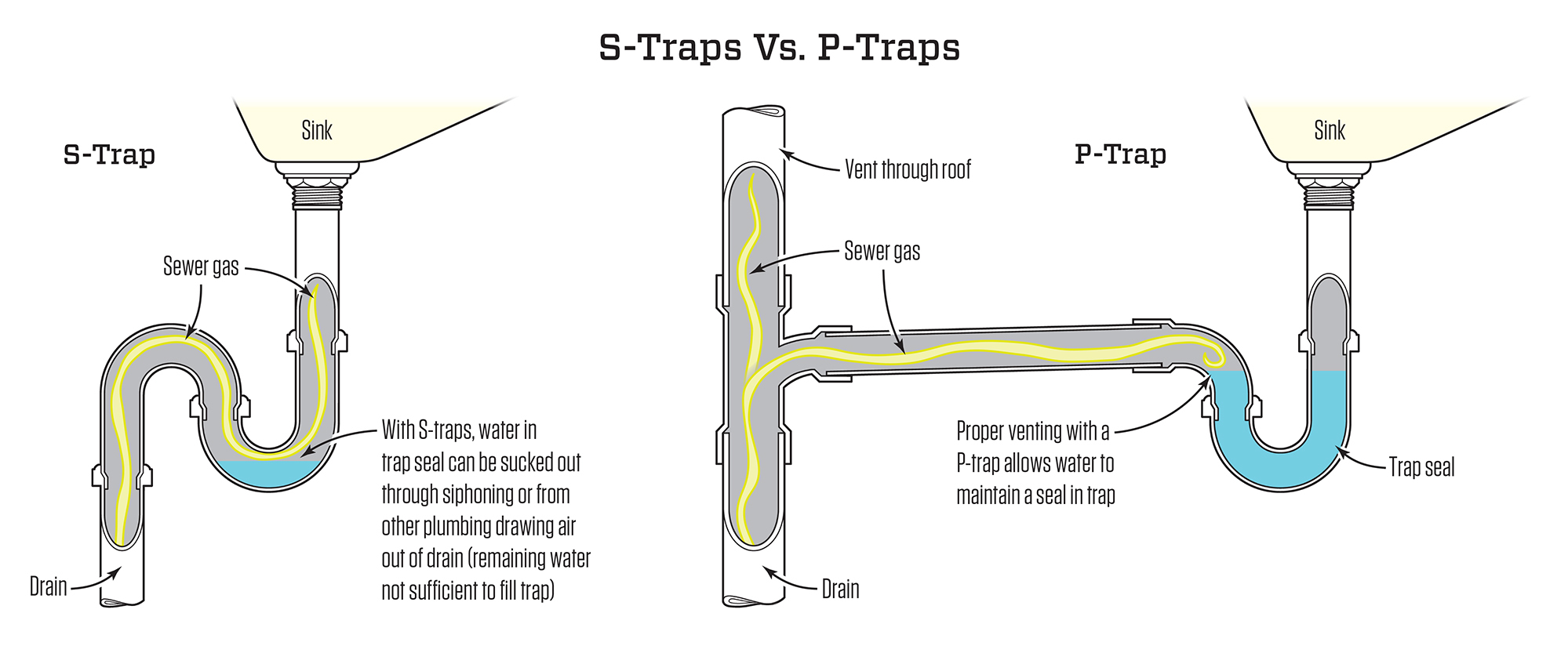















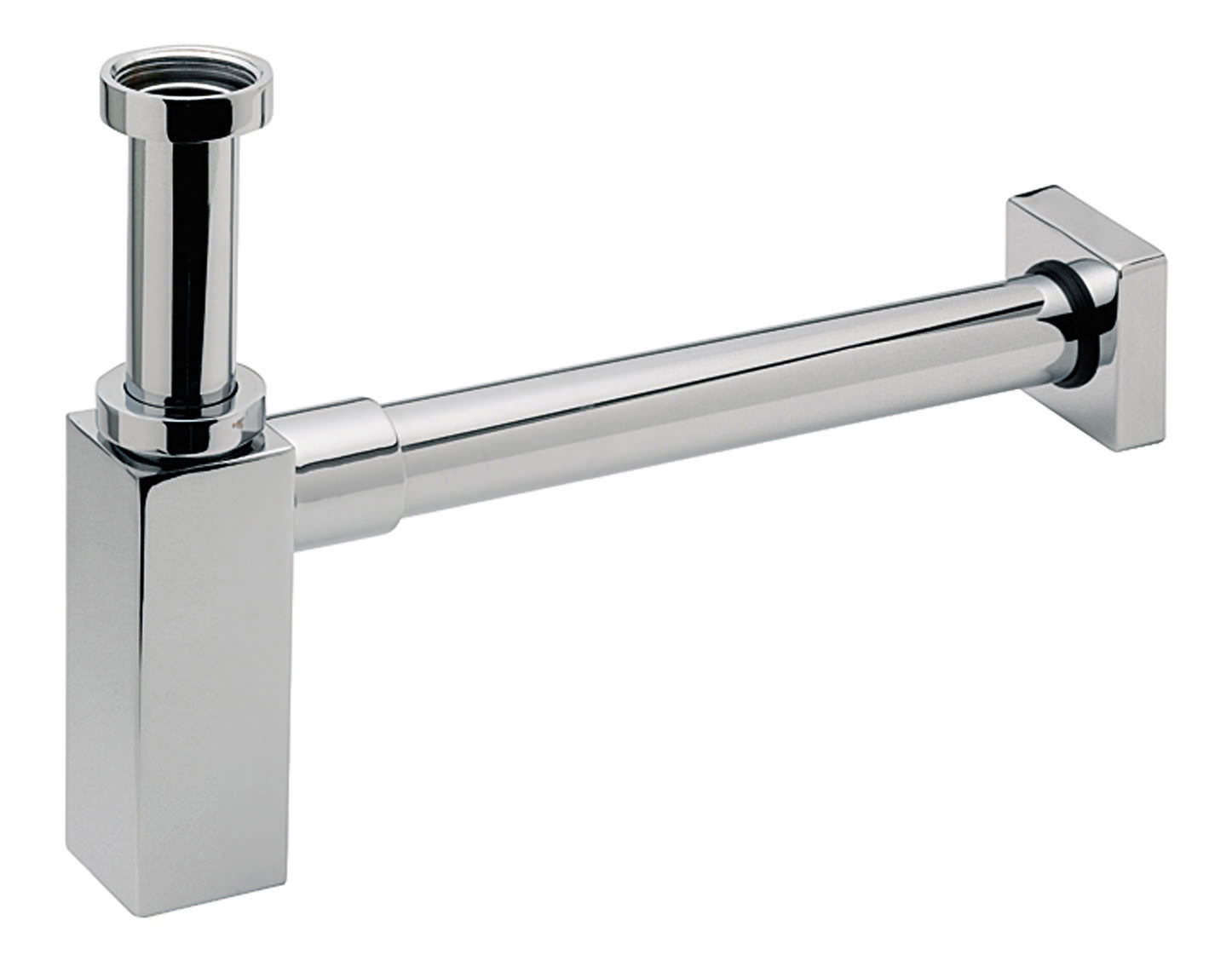

















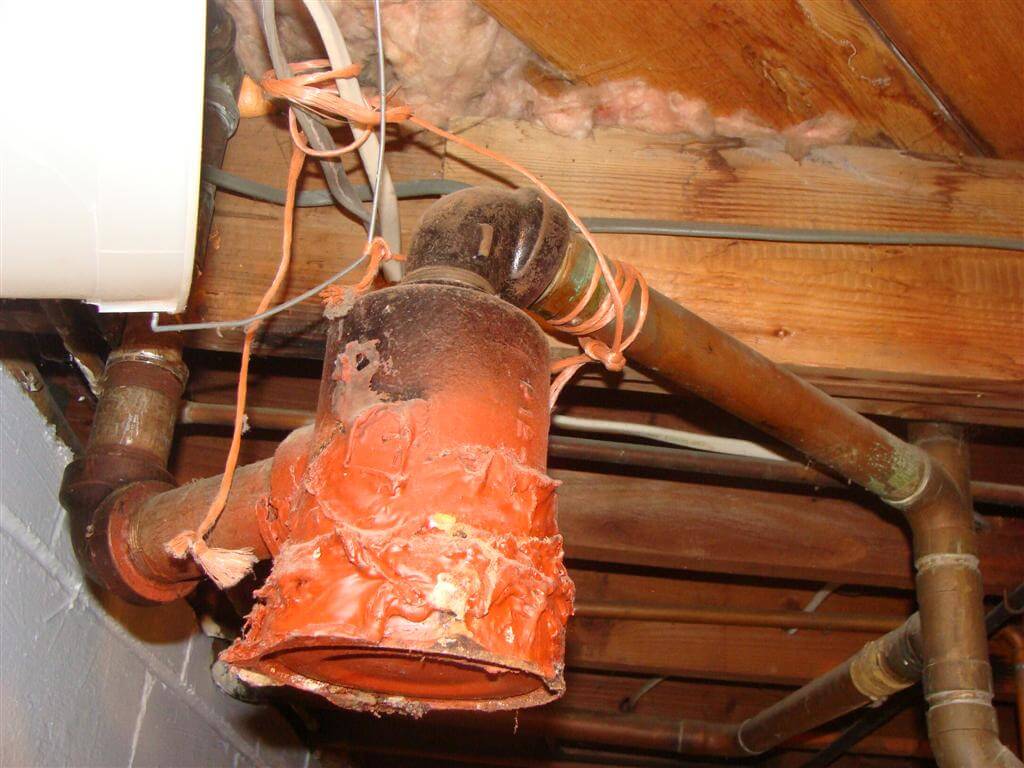




























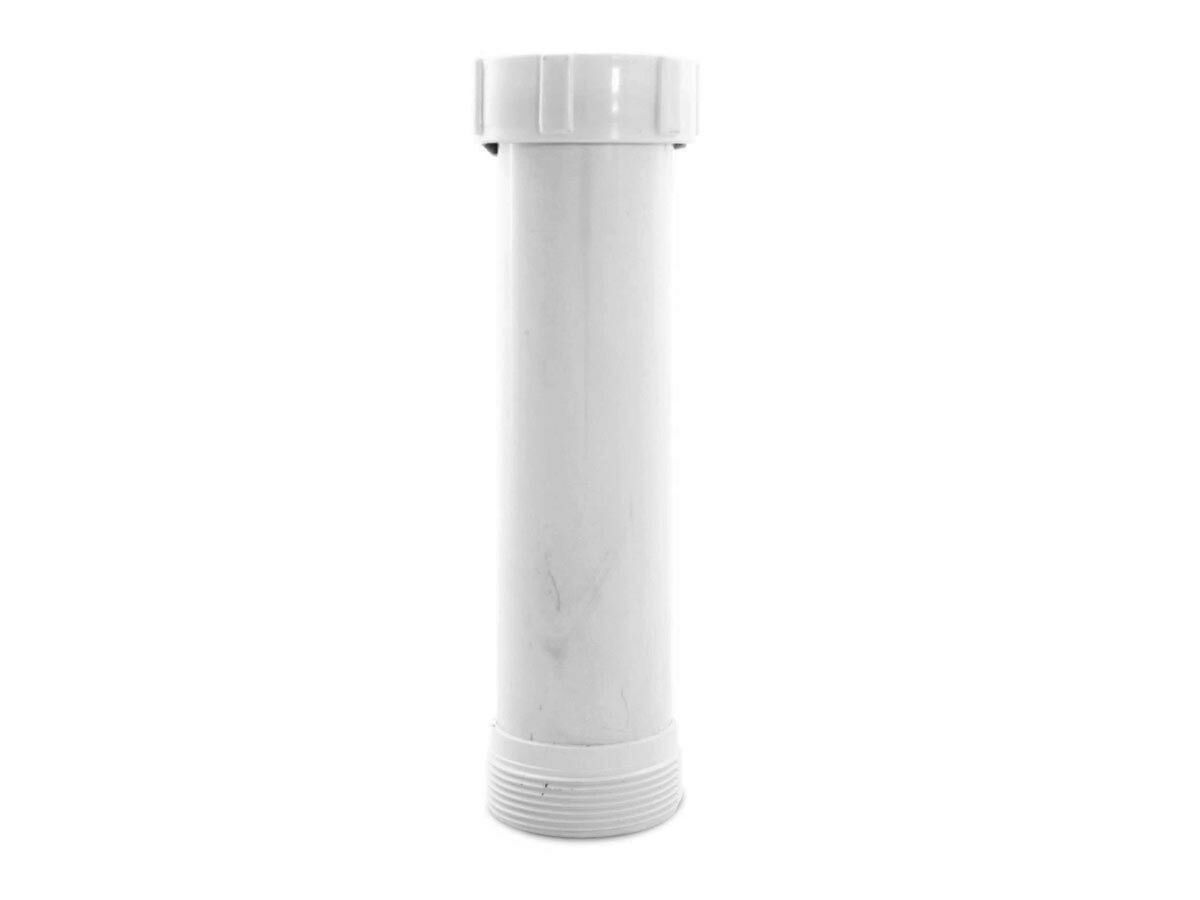
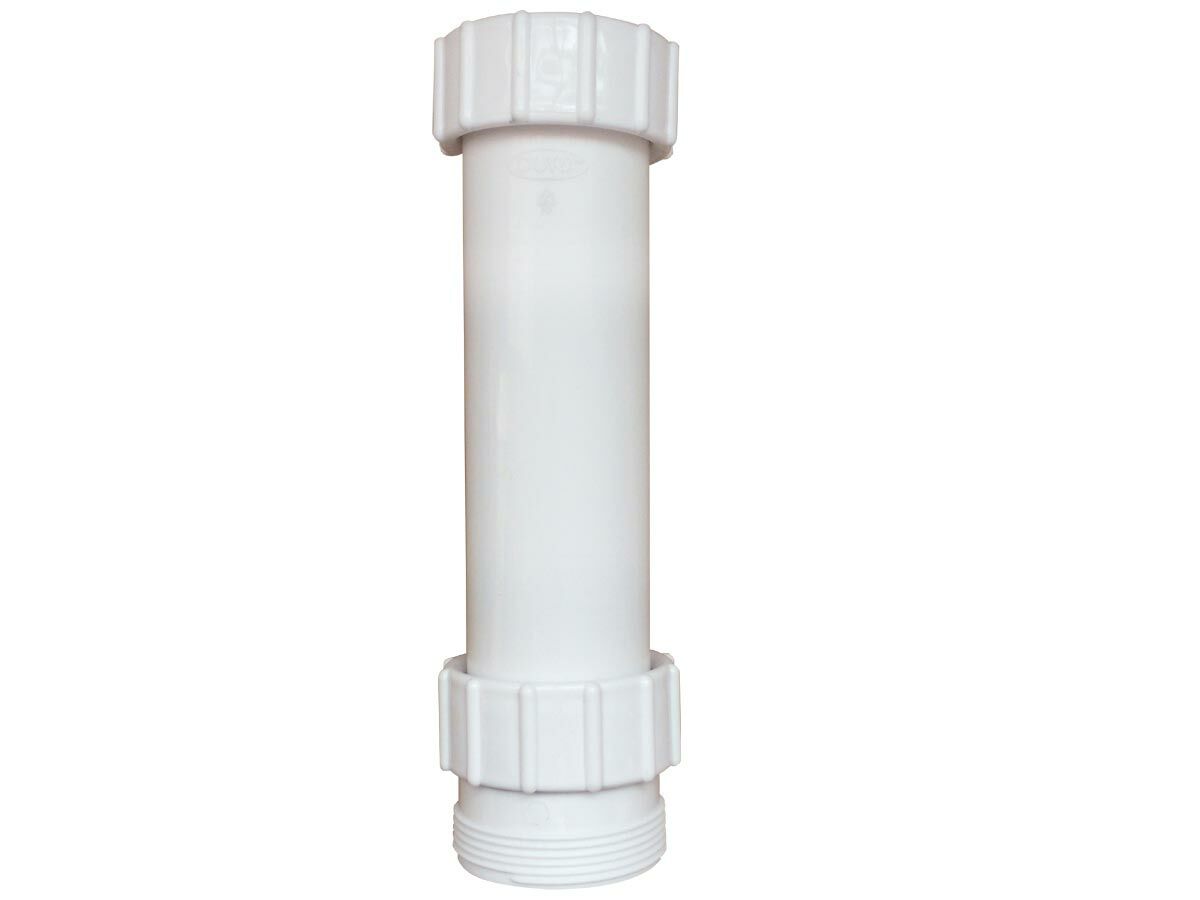






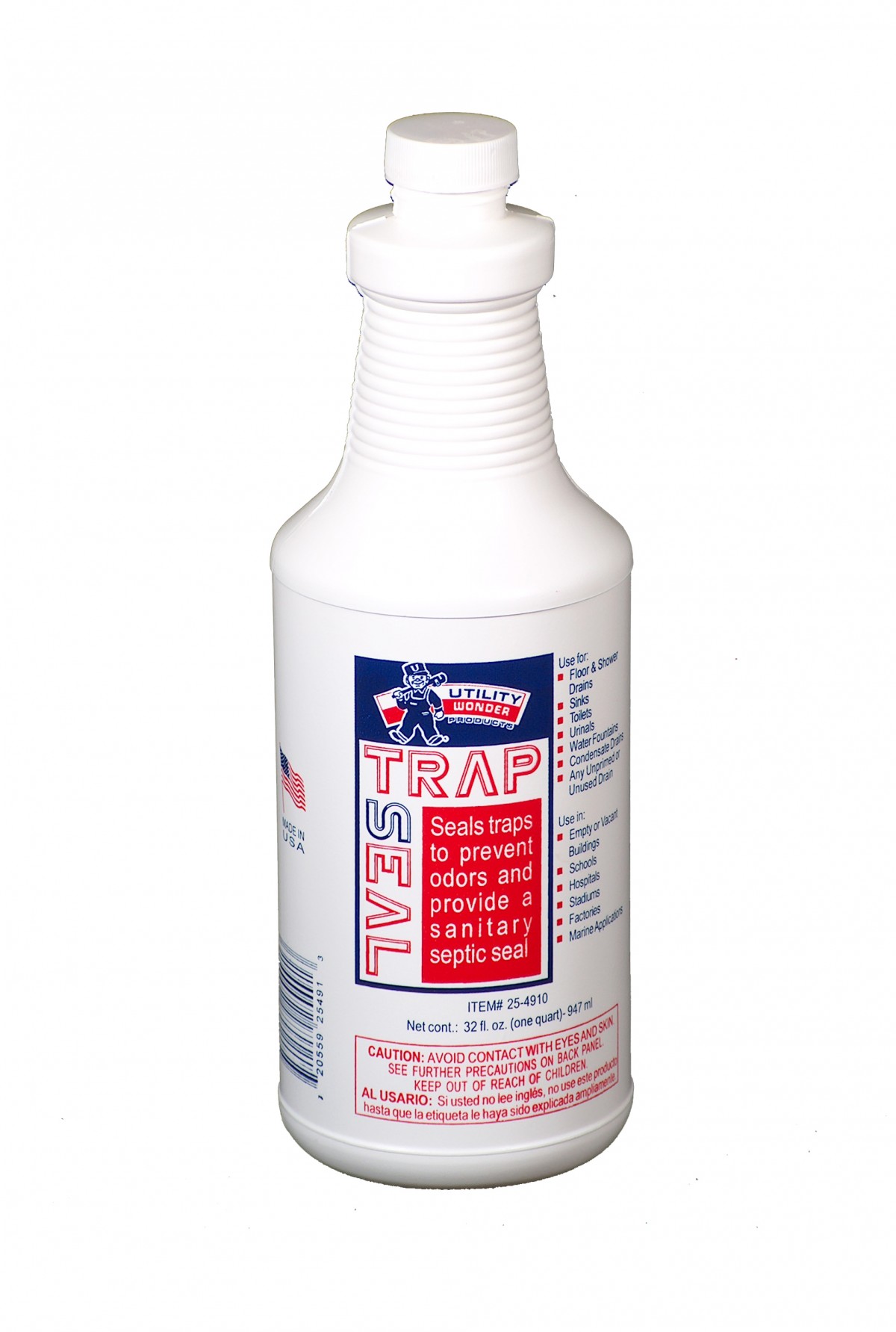




















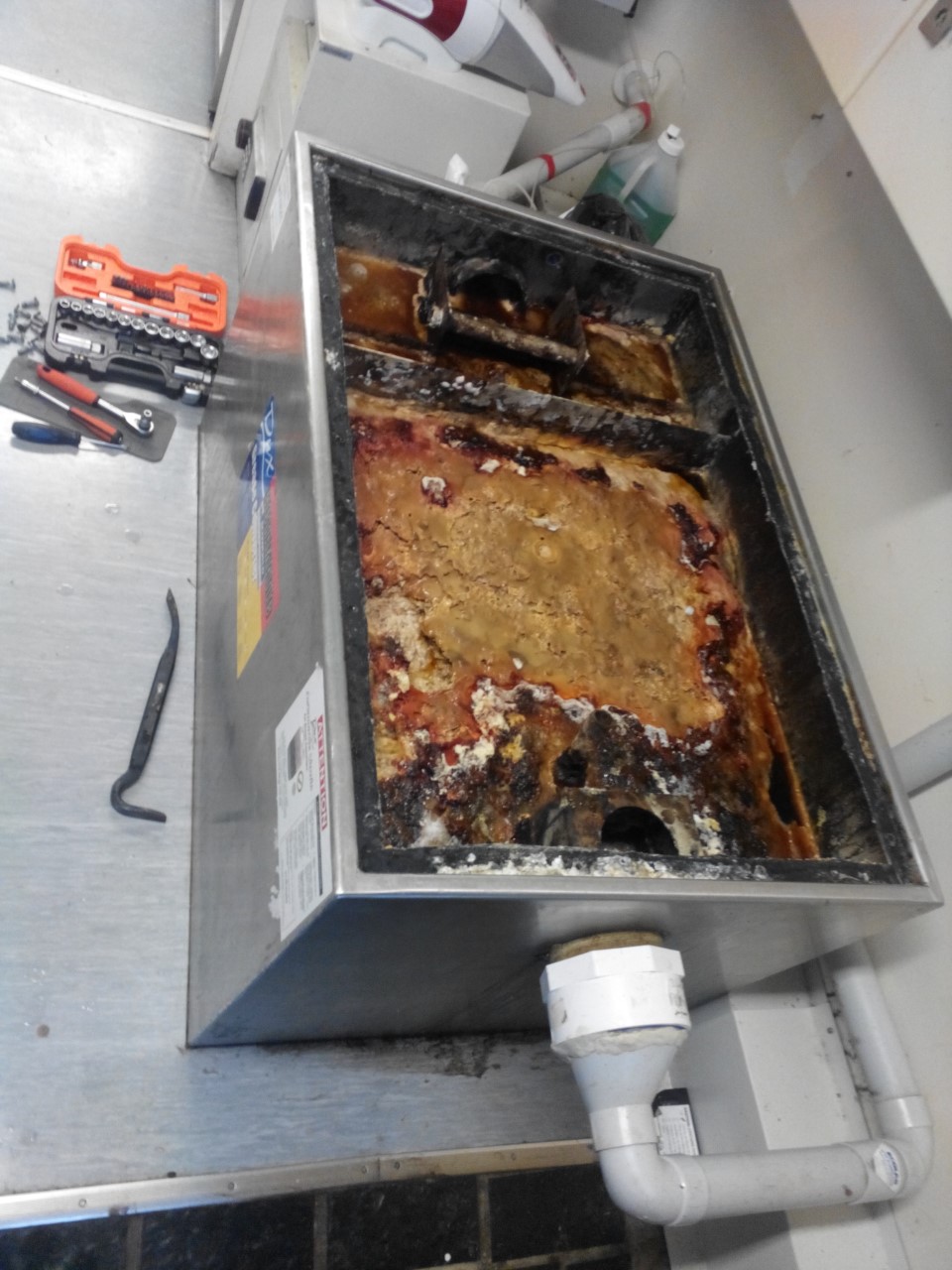







.jpg/1200px-Grease_trap_for_greywater_(5293658840).jpg)










